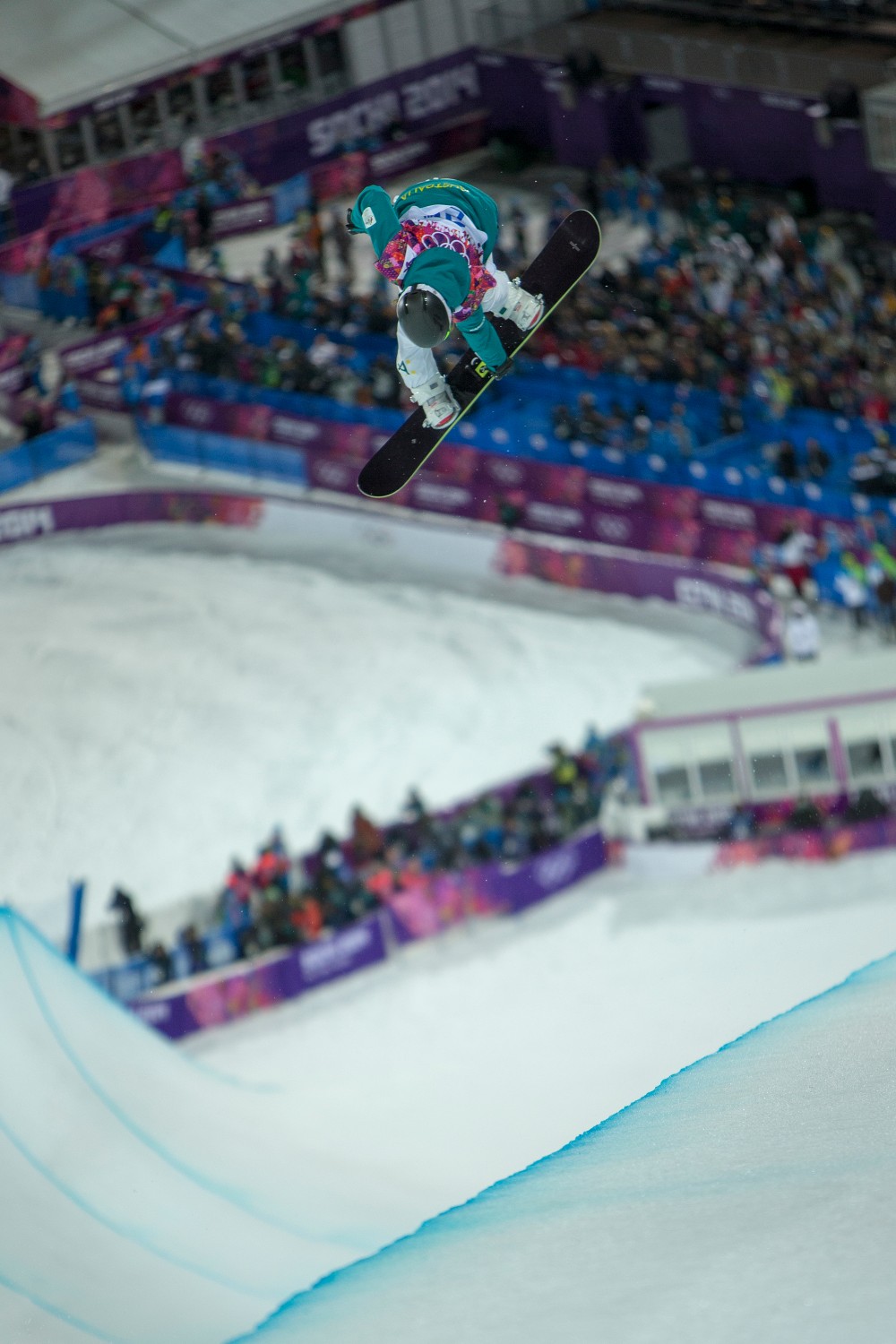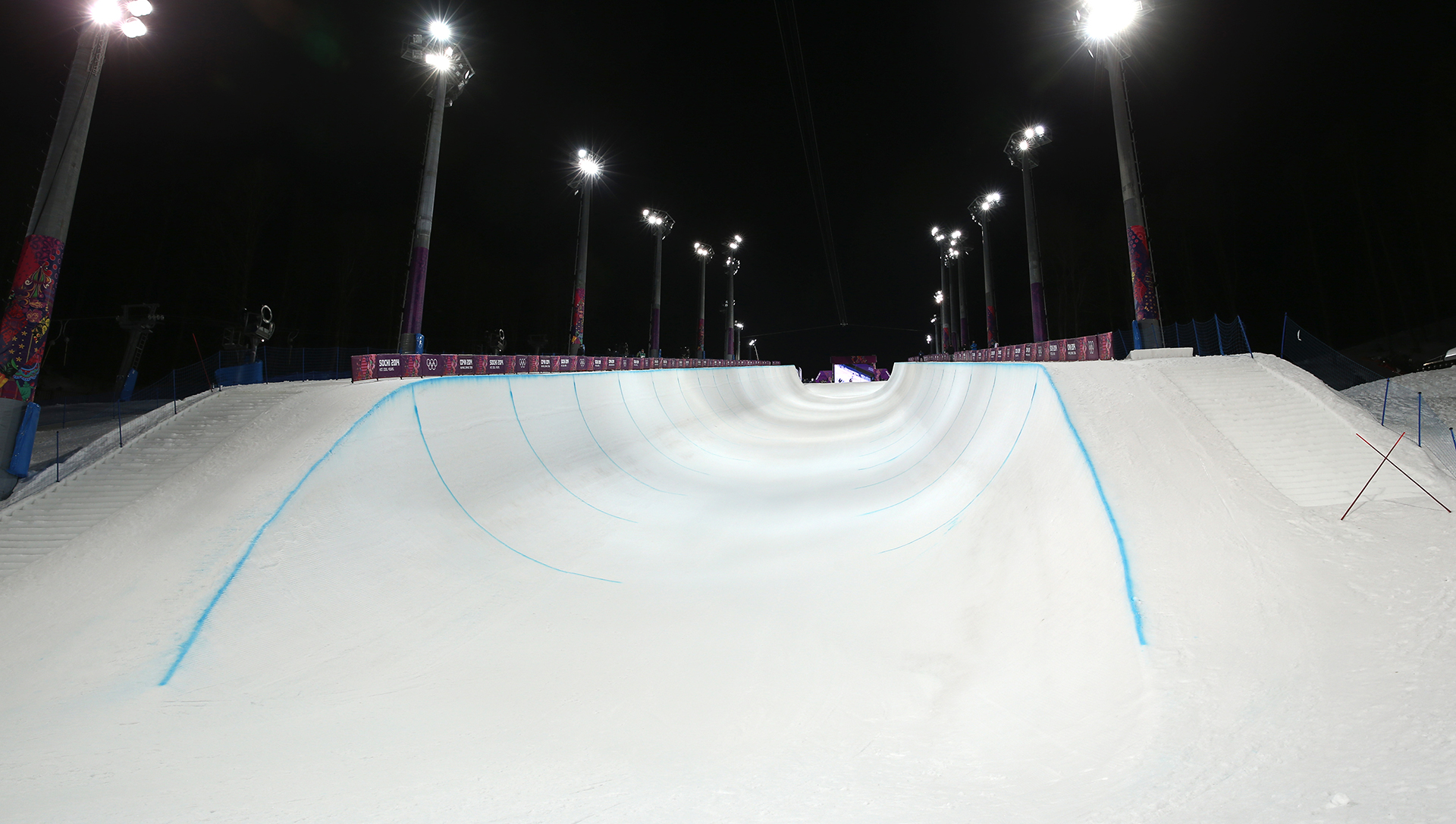What is halfpipe? Is there a difference between snowboard halfpipe and ski halfpipe? Where can you watch the snowboard halfpipe and ski halfpipe if you’re in the UK?
Halfpipe at the Winter Olympics is quickly becoming one of the most hotly anticipated events of the Games. It’s still a relatively new discipline but it’s short, action-packed and easy to follow.
The Basics of Halfpipe

A halfpipe is a U-shaped ramp or course which has been purpose-built for sporting use. It’s typically used by skateboarders, BMX riders, snowboarders and skiers, who use the ramp to propel themselves into the air, where they’re able to pull tricks before landing again and continuing on to do the same on the other side of the pipe.
We’re going to focus on the snowboarding and skiing halfpipe events as we approach the Winter Games.
The term ‘superpipe’ is used to describe a halfpipe built of snow with walls 22ft/6.7m high, and this is what the measurements will be for the Olympic halfpipe.
FIS snowboard world cup rules recommend a width of 64ft for 22ft high halfpipes. 22ft superpipes are commonplace for all major events, and the same halfpipe is used for both the halfpipe snowboarding and halfpipe skiing events in the Winter Olympics.
It’s great fun to watch. Each athlete drops into the halfpipe individually and completes a run down the length of the pipe, doing as many jumps and tricks as he or she can manage, to the best of their ability, and then whoever comes out the pipe at the bottom with the best score wins.
The scores are decided by a panel of judges, who judge the halfpipe athletes on a range of things – namely their style, skill and the difficulty of their run.




